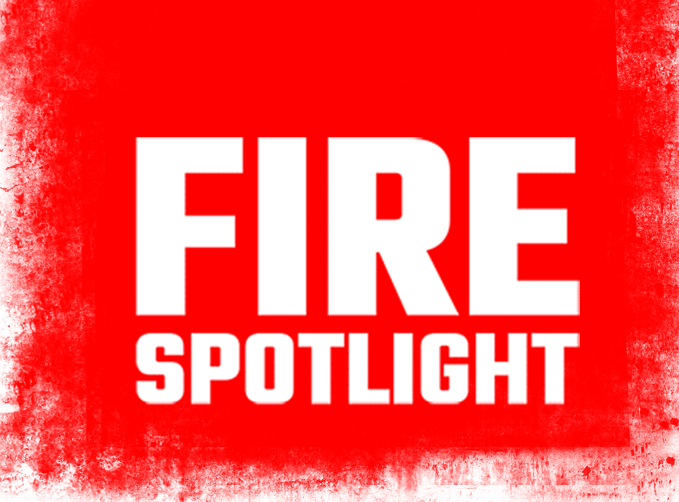In this structure fire training video provides fire hose management training. Lead-Stretch-Advance instructors Tyler Capron and Leo Meli teach firefighters efficient fire hose deployment within a condensed space. Proper fire hose management and deployment results in quicker fire suppression.
VIDEO TRANSCRIPTION:
Tyler Capron:
Again as that first-in officer, I’m going to be doing some recon right. I want to get in. Do we have a clean or dirty hallway in there? If it’s clean, I’m going be putting that right through there. Especially if it’s self-venting out that side. Is it open? Did they leave that open? Is it now dirty where I have to sit there and layout in an apartment? Or can I go to the hallway and layout. So there’s two ways. One you either set down the ground, you can build it. The second way you can build it in your shoulder.
__
Leo Meli:
So I like to do is set it down. We were talking about it earlier, man, I like to have full control of of my line.
So for me the easiest place to do it and keep it nice and tight is going to be from the ground.
So it’s typically where I’ll end up doing it. So I know sandwiching everything down, off my shoulder, I don’t worry about the tails at all.
I don’t even stop like pulling it and straightening it because I just don’t care.
This is my objective. This is what I’ve always concerned I want to look like this, almost each and every time, right? So from here, you just turn around and get this out of the way and then we’re just going to loop the same direction every time.
We always start from the bottom nozzle side because when we lay it down, we need to supply on the bottom and the attack on top. That makes sense? So when we’re forming our loops, right, turn around and we’re going to, go like that, right?
We’re going to stand up and open up.
Or if we got room and we want to make big loops, we can go every other bite. Right? So there’s that, there’s that as wel. That will reduce kinking potential of the line.
So once we got all this, we’re going to stand up. Be cognizant of which way we want our line to kind of deploy out of it. So for me, I think it works well for like open areas in apartments.
Like you’re going in like this, like a living room. I can make a coil right from this living room. It’s got a little dedicated location. Right? So I’m just going to kind of align myself up with the door. Feed the second hand through. Step. Pop. And then I always step through and then…
So from here, I always control nozzle by stepping, find my nozzle again and step on it, call for the charge. And deploys out really nicely. I’ll get away from the door so that we got, if any of the truck company is coming in and searching ahead or another lines going to go off for a secondary line.
Then we got more room in this area. So just be cognizant of where we’re setting these things up. If we need to push couches out of the way. Dining tables, out of the way. Make it happen. Give yourself, like, a good five by five foot area.
Kind of make sure you’ve got room to go.
